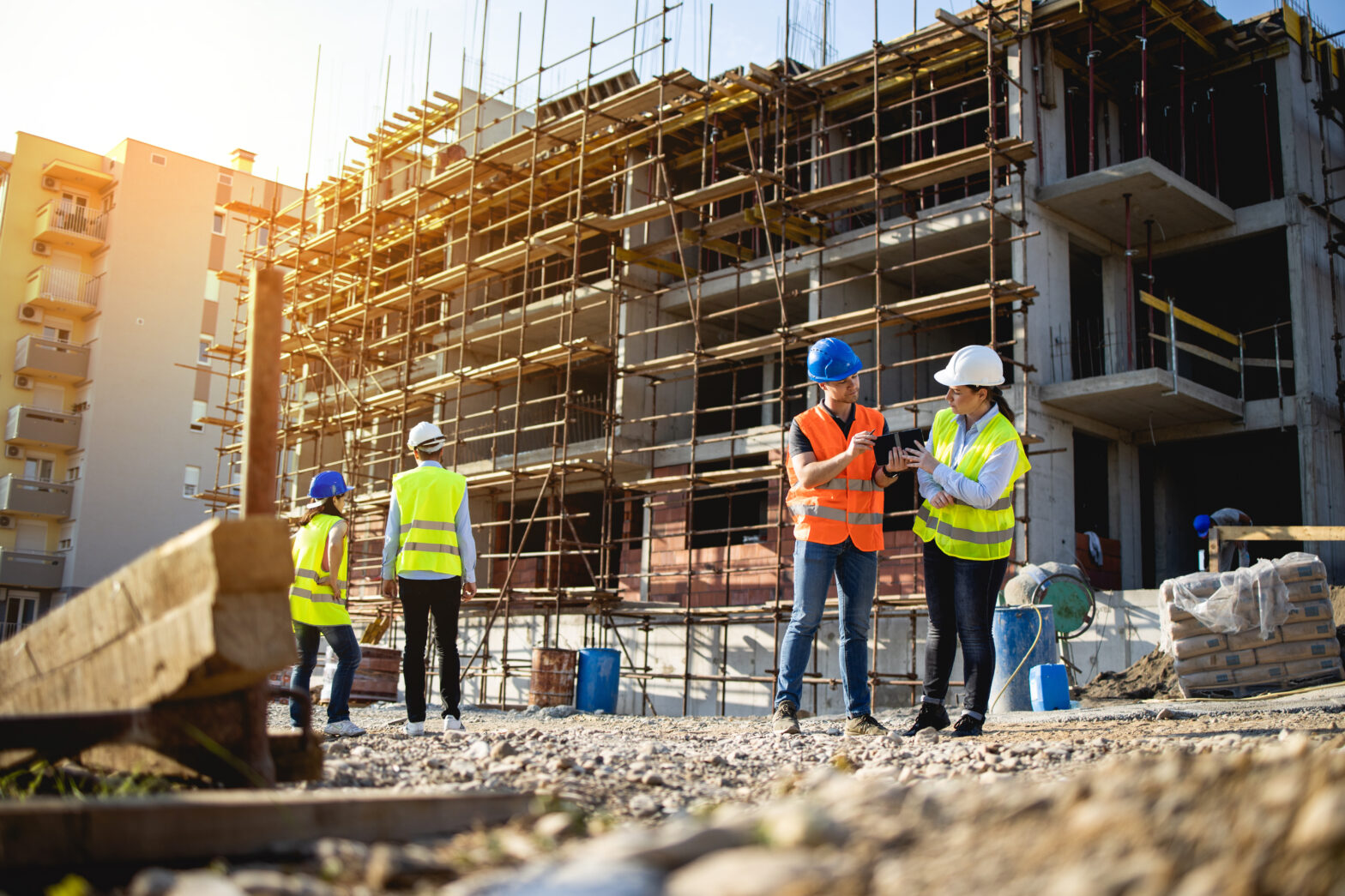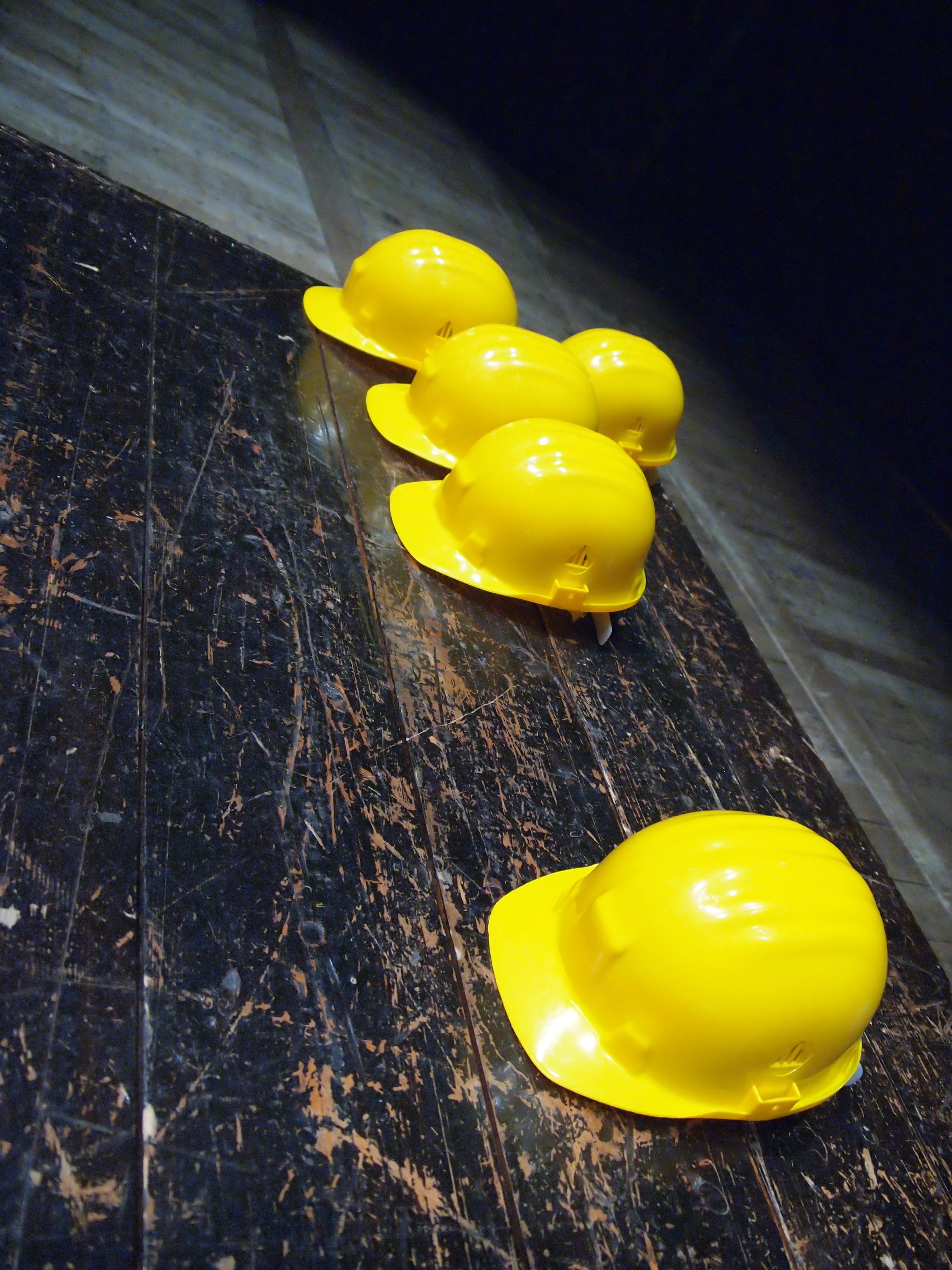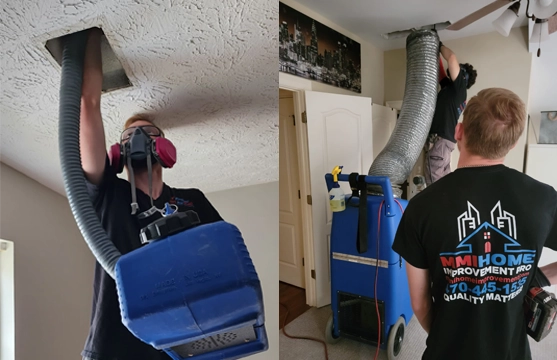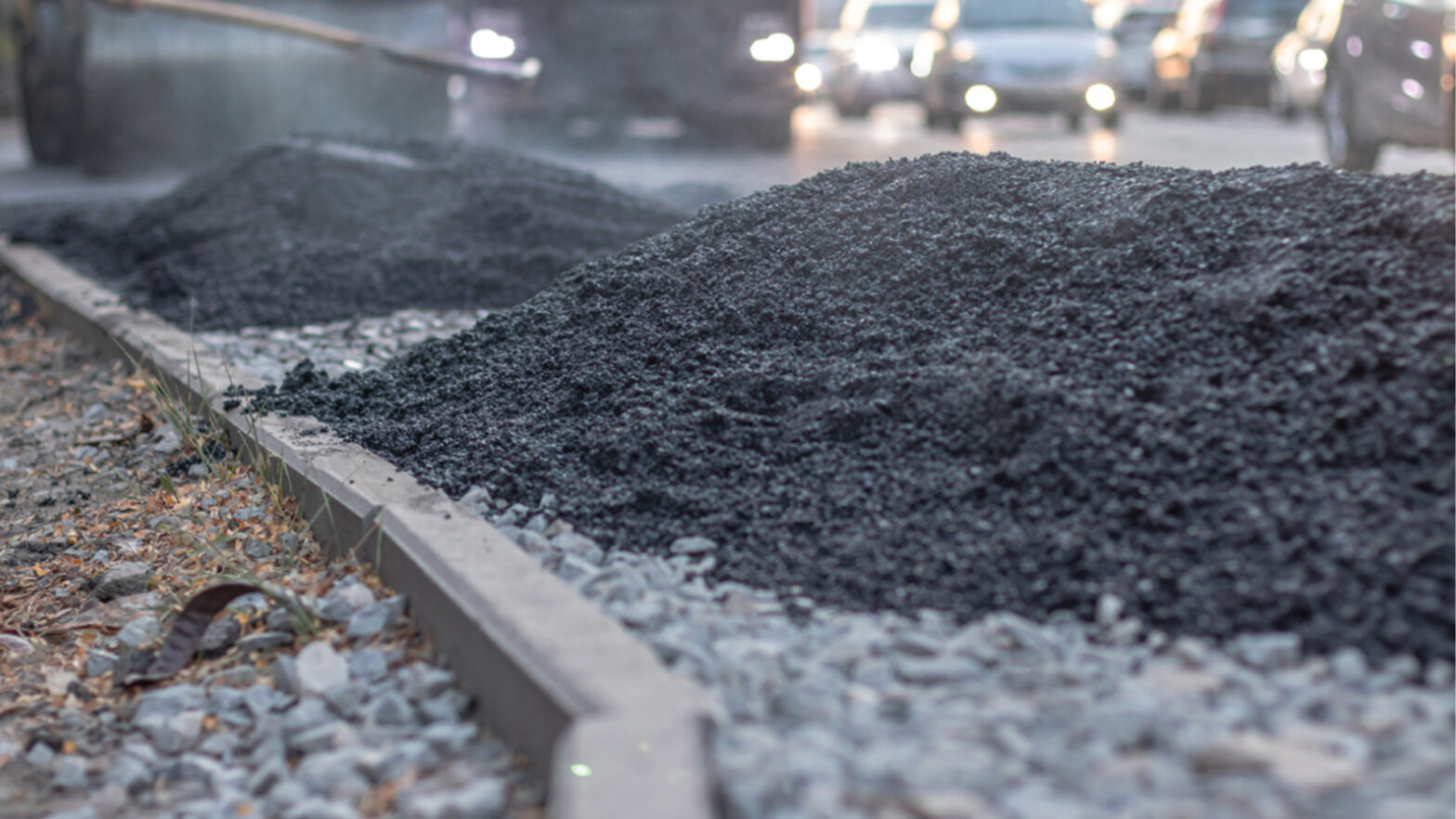Construction sites are among the most challenging workplaces in the world, requiring stringent safety measures to protect workers, visitors, and equipment. Although construction comes with its risks, managers can take steps to improve safety and reduce hazards on-site. This article will delve into some of the best practices for ensuring safety on construction sites.
What Are the Key Safety Risks on Construction Sites?
The most prevalent safety risks on construction sites include slips, trips, and falls. These incidents often arise from uneven surfaces, debris, wet areas, and inadequate housekeeping. One effective method to reduce the risk of slips and falls is to wear high-quality safety shoes, such as those provided by Strauss. More serious incidents involve falls from heights, typically caused by unguarded edges, unstable scaffolding, or improper ladder usage. Such accidents can lead to severe injuries or fatalities.
Construction sites also present other significant safety risks, including struck-by hazards, where workers may be struck by moving vehicles, equipment, or falling objects. Additionally, exposed wiring, faulty equipment, and unsafe electrical practices can result in electric shocks or electrocution. Handling hazardous chemicals poses further dangers, including burns and long-term health issues like respiratory diseases.
How Do Safety Shoes Prevent Injuries at Work?
Safety shoes are crucial in helping construction workers prevent various injuries while on the job. Many safety shoes are designed with slip-resistant soles that provide traction on wet, oily, or uneven surfaces, reducing the risk of falls. Additionally, shoes equipped with reinforced toe caps made from steel, composite materials, or aluminum effectively protect the feet from heavy or sharp objects that may fall, preventing crush injuries and fractures.
Electrically insulated safety shoes are also designed to prevent electrical shocks in high-risk environments involving electrical work. Shoes made from specialized materials such as rubber or neoprene protect against burns from chemicals or hot substances.
What Are Other Safety Risks on Construction Sites?
In addition to the main safety risks on construction sites, there are several other hazards that construction managers should be aware of. Prolonged exposure to loud noises can lead to hearing loss among workers, while vibrations from tools may result in hand-arm vibration syndrome. Working in hot environments increases the risk of heat-related illnesses like heat stroke. Furthermore, performing construction tasks in confined spaces, such as tunnels or tanks, can lead to asphyxiation or entrapment.
Effective Risk Management Strategies for Construction Sites
Construction sites are risky, but safety measures can greatly reduce dangers and protect workers.
The first step is to develop a detailed safety plan that outlines the project scope, site conditions, associated risks, safety standards, and preventive measures.
The second step involves providing comprehensive training to employees, particularly concerning site-specific hazards, safety standards, fall protection, and the proper handling of tools and machinery. Regular safety meetings should be organized to reinforce protocols and inform workers about new procedures.
Finally, regular inspections should be conducted to identify potential hazards and ensure compliance with safety protocols. By implementing these practices, construction managers can create safer work environments that prioritize the health and safety of their teams while minimizing accidents.

































